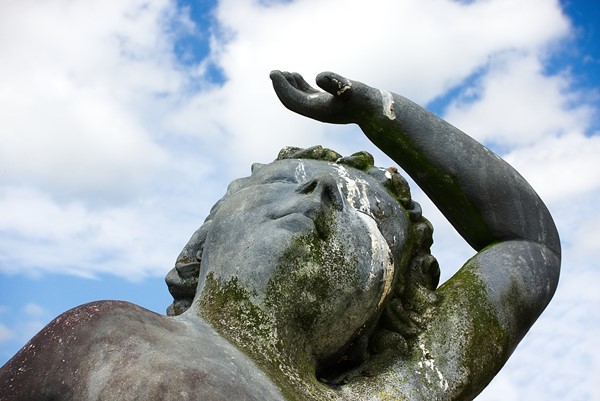
Madrid, the capital of Spain, is located practically slap bang in the middle of the country, which was why it was chosen as the capital city back in the 16th century. In the last 500 years, Madrid has come into its own. Now a thriving, modern city with the usual skyscrapers, office buildings and shopping malls, it also has amazing museums, most of them world-class. Here are some of the best Madrid museums, housing some of the finest collections in the world.
The Prado Museum (the Museo del Prado)
Paseo del Prado, Tuesday-Saturday, 9am to 7pm and Sundays, 9am to 2pm – Admission charge – Tel. +34 913 302 900
Concentrating on European art from the 12th to the 19th centuries, the Prado Museum has over 7,000 paintings, 5,000 drawings and 700 sculptures in its collection. Artists’ work here ranges from El Greco to Titian, Rubens to Botticelli, Rembrandt and Caravaggio – and all in a beautiful 18th century building, which was once even used to store gunpowder for Napoleons troops. Don’t miss the Velazquez’ “Las Meninas”, in which you can even see the artist himself in the foreground.
Museo de America
Reyes Catolicos 6, Tuesday-Saturday 10am to 3pm and Sundays, 10am to 2:30pm – Admission charge – + 34 915 439 437
Here you can see an amazing collection of Pre-Columbian Latin American art, with fascinating Mayan artifacts, and Native American pieces. Don’t miss the room full of Pre-Columbian gold statues, from small to tall, it shows how wealthy these cultures were.
Just try not to get too sad when you see that much of this work was stolen from the indigenous cultures and transported to Spain, where the Spanish culture thrived and the Latin American cultures died out.
Museo Arqueologico Nacional
Calle de Serano 13, Tuesday-Saturday, 9:30 to 8:30 and Sundays, 9:30 to 2:30 – Admission charge – . + 34 915 777 912
The first thing you notice when you arrive is just how massive this museum is and how it has everything. You can see the whole history of Spain here right from prehistoric times through to the 20th century. The best thing is the reconstruction of the Altamira Caves. The Altamira Caves are the most important examples of cave paintings ever discovered. They were open to the general public for many years but because so many visitors trooped through, altering the atmosphere of the caves, the paintings were in danger of being destroyed. So the caves were reconstructed at the Museo Arqueologico Nacional, so that people can experience the beauty of the paintings without contributing to their destruction.
Museo Nacional de Artes Decoratives
Calle de Montalban 12, Tuesday-Saturday 9:30 to 3:00 and Sundays, 10:00 to 3:00 – Admission charge – +34 915 326 499
If you like interior design, furniture and household fittings you will absolutely love this museum. It has gorgeous displays of Spanish furniture and fittings, Moorish ceilings and leatherwork and ceramics. Also don’t miss the elaborate doll houses – they’re just gorgeous and hard to believe that any little girl would have been allowed to play with them. The Museum of Decorative Arts is wonderful for someone who’s obsessed with interior design, but also great for anyone who just appreciates beautiful things.
Museo del Ejercito
Calle Mendez Nunez 1, Tuesday-Sunday, 10:00 to 2:00, Closed on Sundays. Admission charge – +34 915 317 005
If you’re a military buff, you will love the Museo del Ejercito. Spain has a long successful military history and this museum showcases a lot of it. The exterior of the building even looks like an ornate old-fashioned military structure, although it was actually a palace at one time.
There are enormous displays of canons, a 19th century Spanish military tent complete with a four-poster bed, and El Cid’s sword, which he used to fight the Moors. Even if you’re not very interested in the military, the Museo del Ejercito is worth seeing just for the building it’s housed in. The ornate ceilings alone will leave you gasping and it gives you an idea how the nobility in Spain used to live.
These are just some of the museums in Madrid. There are many more including the Estudio y Museo de Sorolla, the Museo Lazaro Galdiano, and Reina Sofia. Be prepared for a lot of walking as they are enormous, so wear comfortable shoes and loose clothing. Also make sure you check before you arrive to confirm the museum will actually be open that day. Spain is very loose and free on opening and closing hours, and things can change quickly.
Photograph – Museo del Prado, Copyright Brian Snelson/Creative Commons



